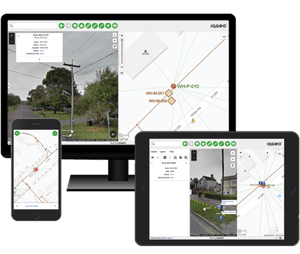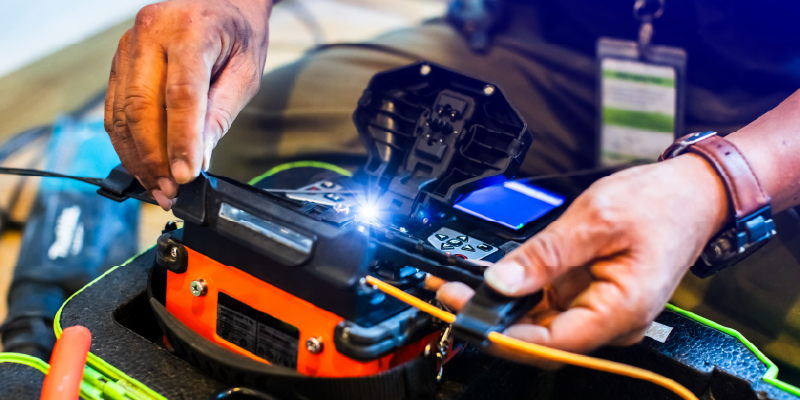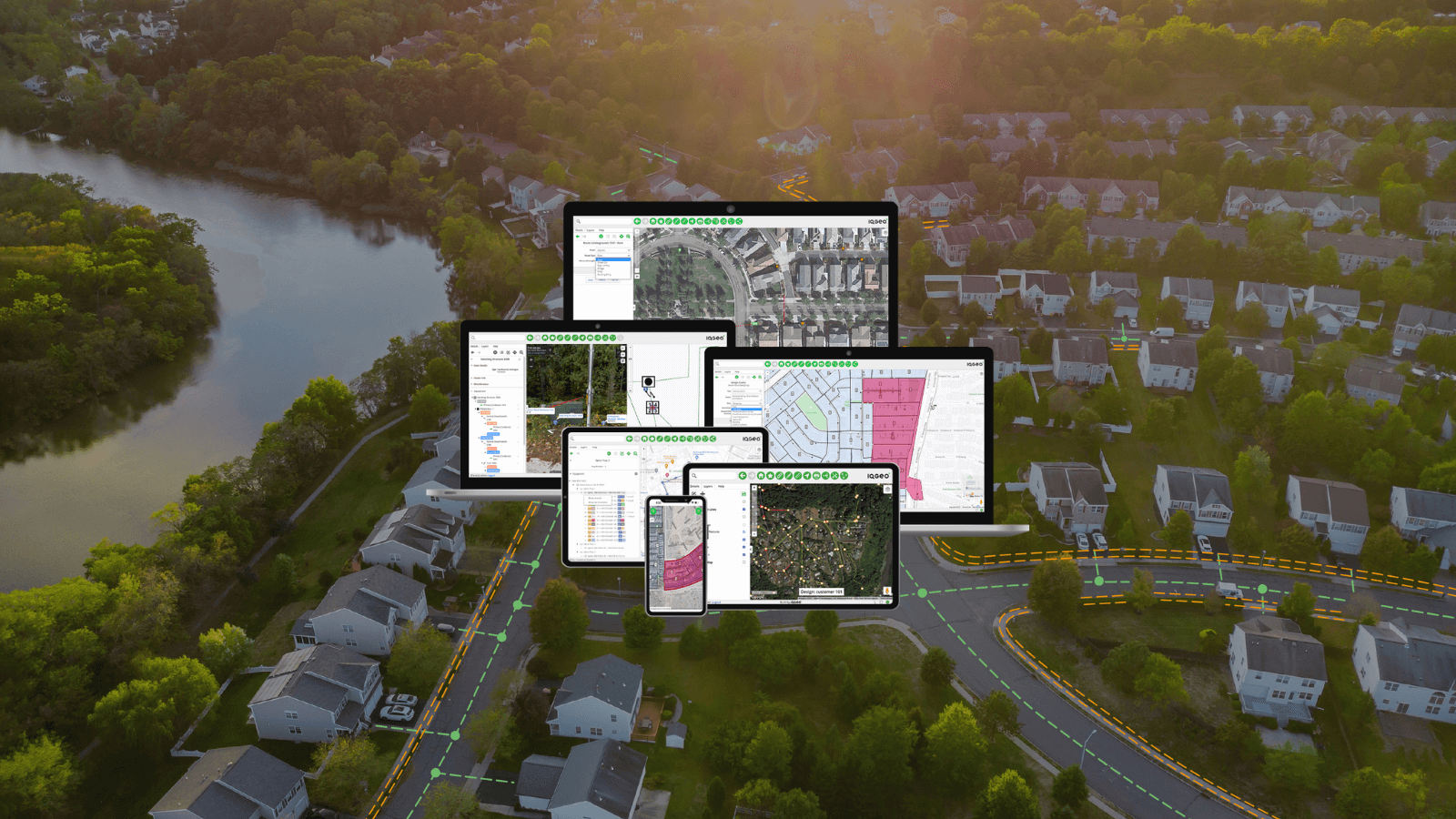The world is a lot different today than it was a few short months ago. The need to get work done has not changed, but we are accomplishing this in new and creative ways. Virtually overnight, the utility industry went from collaborating, brainstorming, and talking in person to doing most our work remotely through our digital devices.
The requirement to work outside the office will be a significant test for the software technology that enables remote collaboration and productivity. IT teams across the globe are scrambling to furnish employees with new technology that must not only work remotely but work in conjunction with other isolated personnel.
Adding new technology can be tricky because many employees were already experiencing application fatigue even before the pandemic. It’s not unusual to talk about “swivel chair” management as employees switch between a plethora of applications. There is an app for this and an app for that. The result is a complex technology environment with overlapping applications and devices that conspire together to create operational friction and confusion that results in digital fatigue that actually damages productivity.
Typically, field teams have one app for work orders, a second app for mapping, a third app for their operational view & situational awareness, and they are also juggling paper drawings and manuals. This is before we even talk about the constant flow of emails, team meetings, text messages, timesheets, and instant messages. There is a risk that “too much of a good thing” will lead to change management problems and missed ROI expectations.
Conquering digital fatigue
Utility employees are focused on safety and this can only be achieved with clearly defined collaboration priorities. The scourge of digital fatigue represents a serious barrier to successful collaboration, compromising safety KPIs.
- Communicate effectively
- Respond quickly
- Be prepared for anything
Let’s consider how field crews could operate if all their systems were working together efficiently using software that is designed for the needs of a mobile employee.
1. The field crew starts their day by making sure smartphones, tablets and laptops are charged and use their smartphone to check calendar, email, and a standard company-wide collaboration tool like Microsoft Teams for any urgent messages.
2. Using a single geospatial platform, they see everything they need to do for the day (work orders, inspections, designs, and maintenance work). Because wireless coverage can be spotty at times and they may need to operate offline, they automatically sync their entire service territory extract for electric, gas, and telecom within minutes before starting the day.
3. Using their geospatial application they navigate to the job site, update the work order in the application on their laptop and pull up the detailed network model within the same app to begin a design. Realizing a closer look is necessary, they pull up a work order bar code on the laptop, scan it with their smartphone to transfer the complete network model and work order information to the smartphone.
4. Once they move away from the truck, the wifi drops so they switch seamlessly to working offline. After laying out the initial design, they need to talk to someone in the office. Walking back to the truck where there is wifi coverage, they click the share button in the same geospatial application to immediately collaborate with colleagues in the office to get the missing asset information and complete the job.
This is a simple example, but it highlights the operational complexities encountered by field crews and how they can meet the three collaboration priorities of communicating effectively, responding quickly, and being prepared for anything.
The name of the game is enabling seamless interaction with back office systems using one platform. This empowers field teams to work independently with easy-to-use, robust tools that consolidate applications into a single geospatial-driven view, regardless of internet connection or device type.
We all know the frustrating feeling of juggling different applications with kludgy user interfaces and afterthought integrations to other data sources. You might get more done by picking up a rotary telephone or sending a telegram.
Mobile-centric from the beginning
Digital fatigue is a real problem because it directly impacts productivity, morale, and data quality. The need for new technology to work effectively on mobile devices in the field makes this an even greater challenge. Gone are the days of settling for subpar user interfaces, multiple applications, poor integrations, and questionable offline connectivity and device support. You can’t reverse engineer a workstation architecture for a field worker. You must start with a mobile-centric approach from the beginning.

At IQGeo, we eliminate the digital fatigue that is sucking the life from your productivity and compromising your collaboration. Our geospatial software has always been mobile-first, delivering solutions that consolidate applications into a single view that is simple to use and independent of device and connectivity type. It’s a new way of thinking for the new normal.
Learn more about IQGeo’s mobile-first software platform.

Former Director of Utilities at IQGeo
Similar articles:

 Previous
Previous







